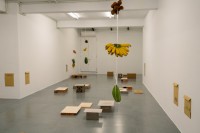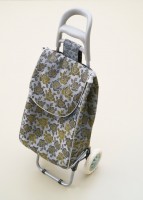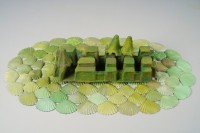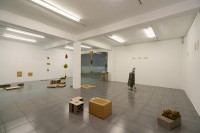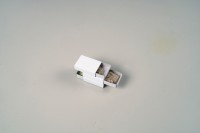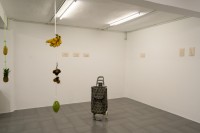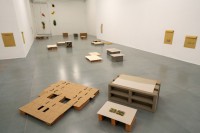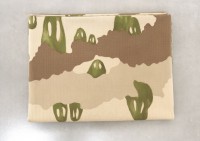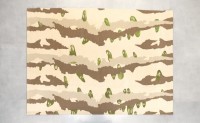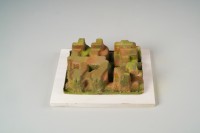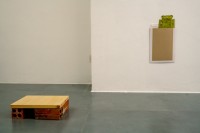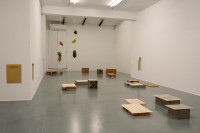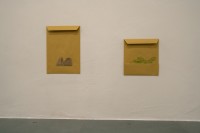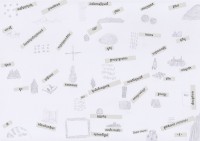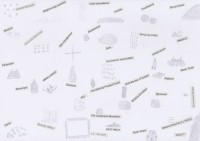Where Are You Living? #1
June 03 – August 05 , 2021
Sa Sa Art Projects, Phnom Penh, Cambodia
Where Are You Living? #1 introduces new works by Thai artist Orawan Arunrak who contemplates a sense of belonging, dwelling, memory making, and our relations to home. Through a mapping installation of attentive, delicate drawings, the exhibition invites for intimate readings as much as poetic constructions of our mobile subjects and living environments.
Orawan’s practice has been shaped by her mobility, living in Bangkok and Berlin while often taking short- term residencies elsewhere in Asia and Europe. She considers living in different places a condition that allows her to observe how people live as much as how she learns to be a member of the world. Believing in chance encounters and genuine connections, Orawan often produces works that engage with stories of people she meets and places she lives in.
Orawan took up a Pisaot artist’s residency with Sa Sa Art Projects in 2014, during which she made connections with some residents and children at the Phnom Penh’s White Building through drawing their portraits. Extending from that project, Orawan hoped to return to Phnom Penh and further those relationships. Due to Covid-related travel restrictions, however, the artist re-conceptualised and produced work from Thailand and Germany. In Where Are You Living? #1, the artist considers and questions this very condition of where we live and what shapes us.
Many small, minimal yet detailed drawings are installed on the exhibition floor, forming into a kind of dichromatic landscape. They are mostly drawn on papers, including cardboards, envelopes, and packaging materials, the types of items commonly used by people across cultures and classes in daily life. The abstract images depict signs referencing various sites and entities in Cambodia and beyond. With a guide map offered, the audience is invited to search, identify and observe by traversing this landscape of places. The audience, therefore, reads and constructs their own narratives and memories related to these possible sites based on their subjective experiences.
In many of her works, Orawan challenges the traditional convention of art materials and its display. For this exhibition, she employs modest everyday materials—which appear commonplace, insubstantial, and even readily disposable—and places them on construction bricks and concrete blocks on the floor. In doing so, the artist rescues the easily forgettable ordinary life as an artistic expression. Moreover, the delicate, soft- toned, and gestural drawings in Orawan’s work propose a gentle offer for the viewers to slow down and invest attention in them, whereas one may take for granted the places they live in.
Orawan’s mapping installation performs like a cartography of place-memories. Instead of charting a fixed narrative and flow, it offers a constellation of signs invoking places and memories associated with them that are open to be interpreted and interwoven. As you walk through the installation, you may give these signs meanings and they, in turn, construct your identity with them. This action is suggestive of the way we also relate to our living environments. As the artist puts it: “To understand the structure of yourself and the city, you have to walk.”
Adding another dimension to the installation, various kinds of fruits are hung from the ceiling above the landscape. They are available for the viewers to take and eat as they wish. Such a gesture of offering fruits to guests is a common practice in hospitality. Orawan has adopted this way of welcoming visitors during her open studio at the White Building several years back. Here, the audience does not only experience the work through sight but also taste. The artist, again, uses everyday objects such as fruits to trigger another register of association to places.
Where Are You Living? #1, as indicated in the title, posits the beginning of questioning the locations of where we live. Through a generative and participatory mode of chance engagement that is open-ended, Orawan allows the audience to be active, observing agents in picturing, tasting, pondering, remembering, and making places they inhabit beyond its physicality. When asked where her home is, Orawan answers: “My home is myself, and I’m still moving.” Like Orawan’s allusive place-memory images, our homes may transform and grow as we move and indeed they also exist in our minds.
Text
Vuth Lyno
Exhibition view photographs
Lim Sokchanlina
Photographs of artworks
Wolfgang Bellwinkel
